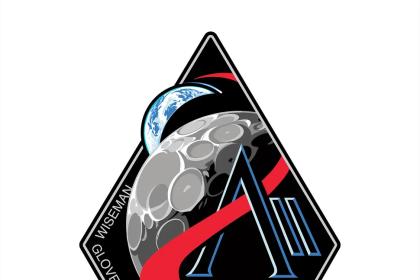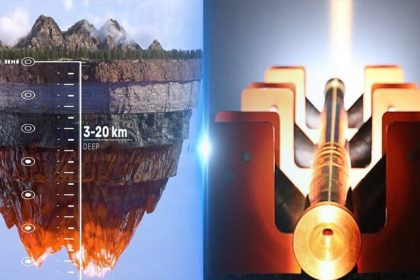The James Webb Space Telescope managed to detect life-forming icy elements orbiting around baby stars.
According to Tekna technology news service, astronomers detected several life-forming icy elements in gas and dust by the James Webb Space Telescope, which were rotating around two baby stars or protostars. The discovered molecules include simple molecules such as methane or complex compounds including acetic acid or ethanol.
Previously, researchers predicted that these protostars probably have complex organic molecules around them in solid or ice form. Also, in this prediction, the presence of these molecules in these protostars has been known before the birth of the surrounding planets. In the past, some data from the James Webb Space Telescope had tentatively confirmed the scientists' predictions. In the old data, James Webb was able to find a variety of ices in the cold and dark parts of the molecular cloud regions.
James Webb's new observations in the clouds around protostars through the mid-infrared device in new programs have led him to discover the presence of these ices and confirmed their existence. Will Rocha, a researcher at Leiden University and the main researcher of this study, says: These findings can answer one of the long-standing questions of astrochemistry, and that is where the origin of highly complex molecules in space is. Are the desired molecules made in the gaseous state or are they made in the ice state.
The detection and discovery of these complex organic molecules in the ice state indicates that chemical reactions in the solid state on cold dust grains will make it possible to make complex types of molecules. Identifying these complex molecules in the ice state can provide a better understanding of the origin of molecules and how they are made in space.
RCO NEWS















